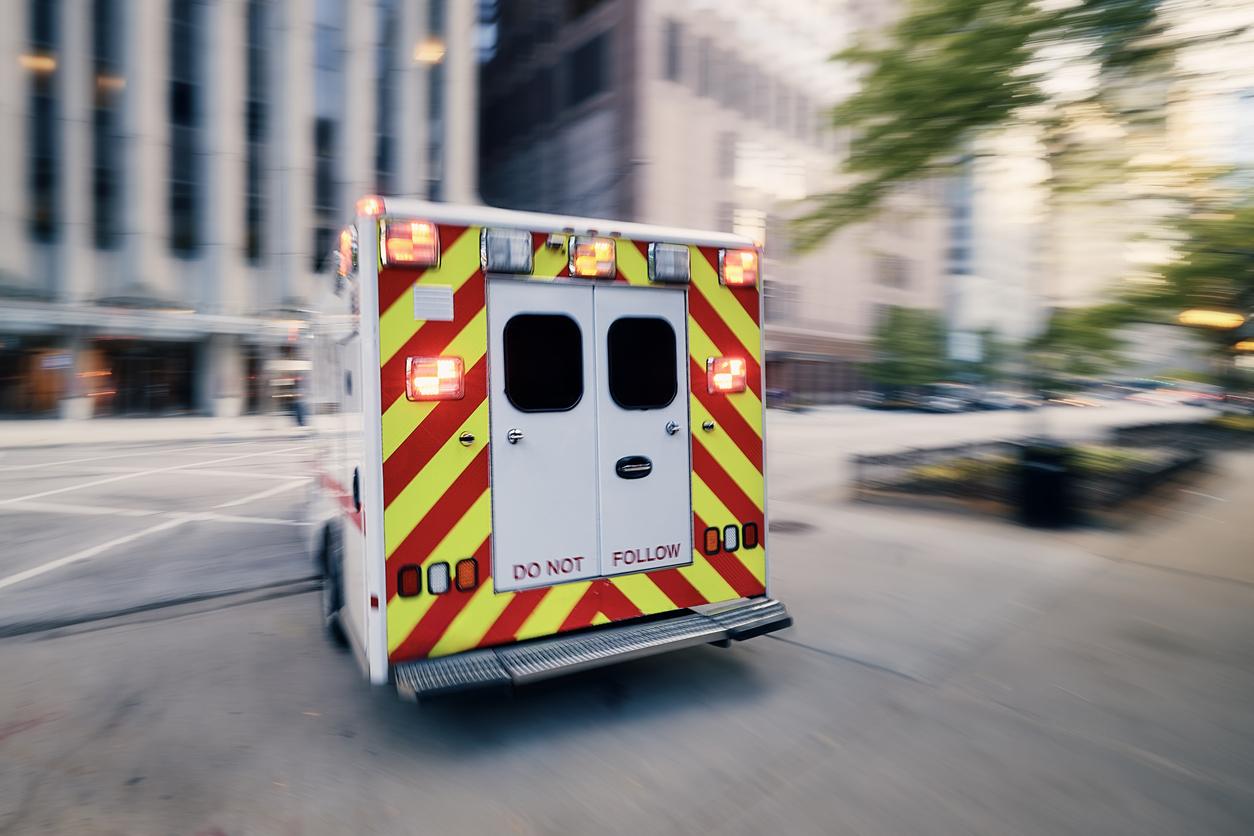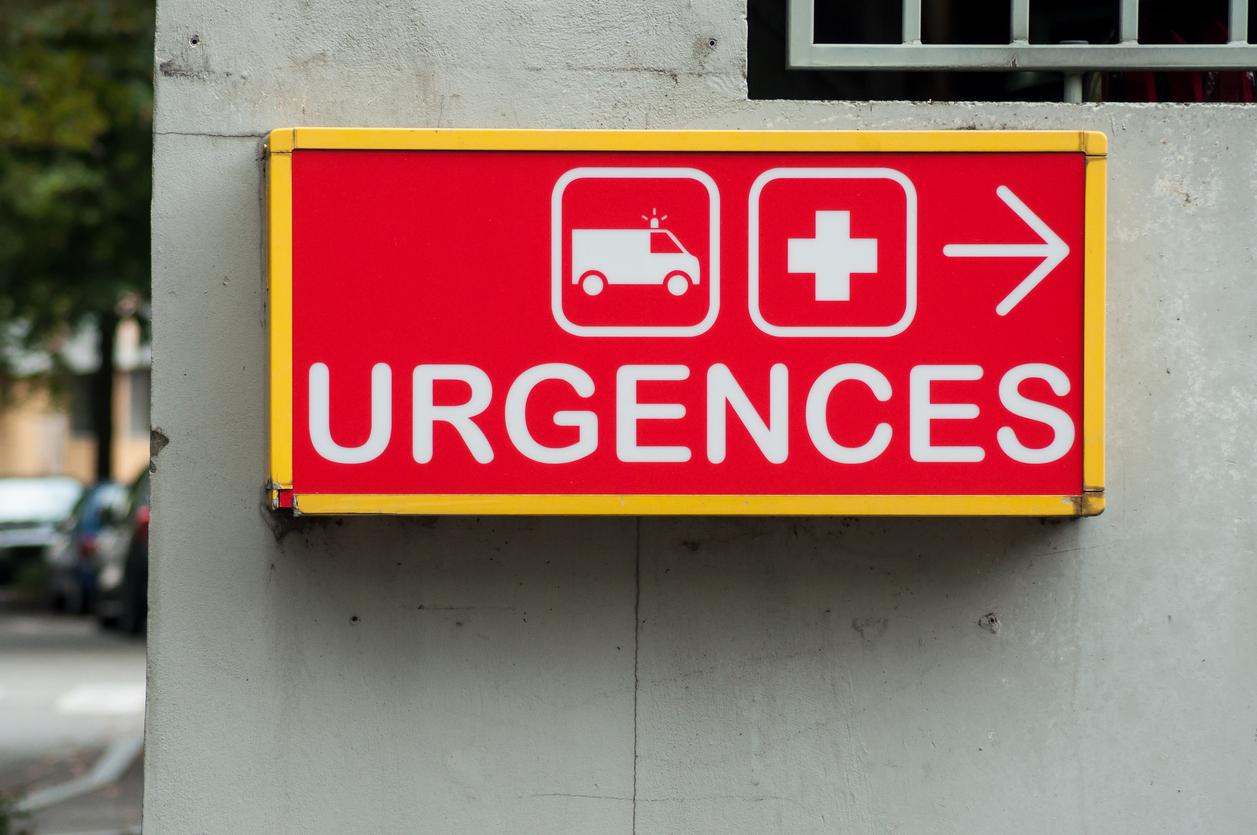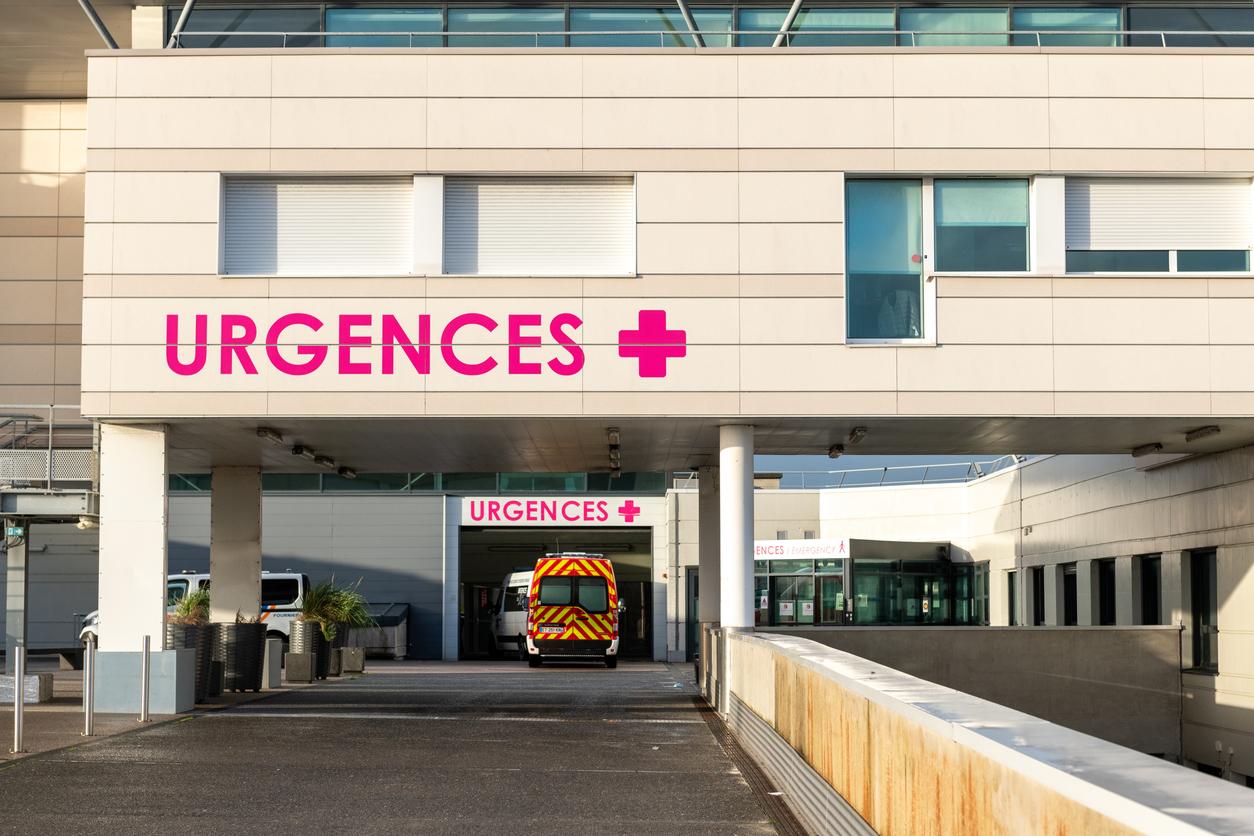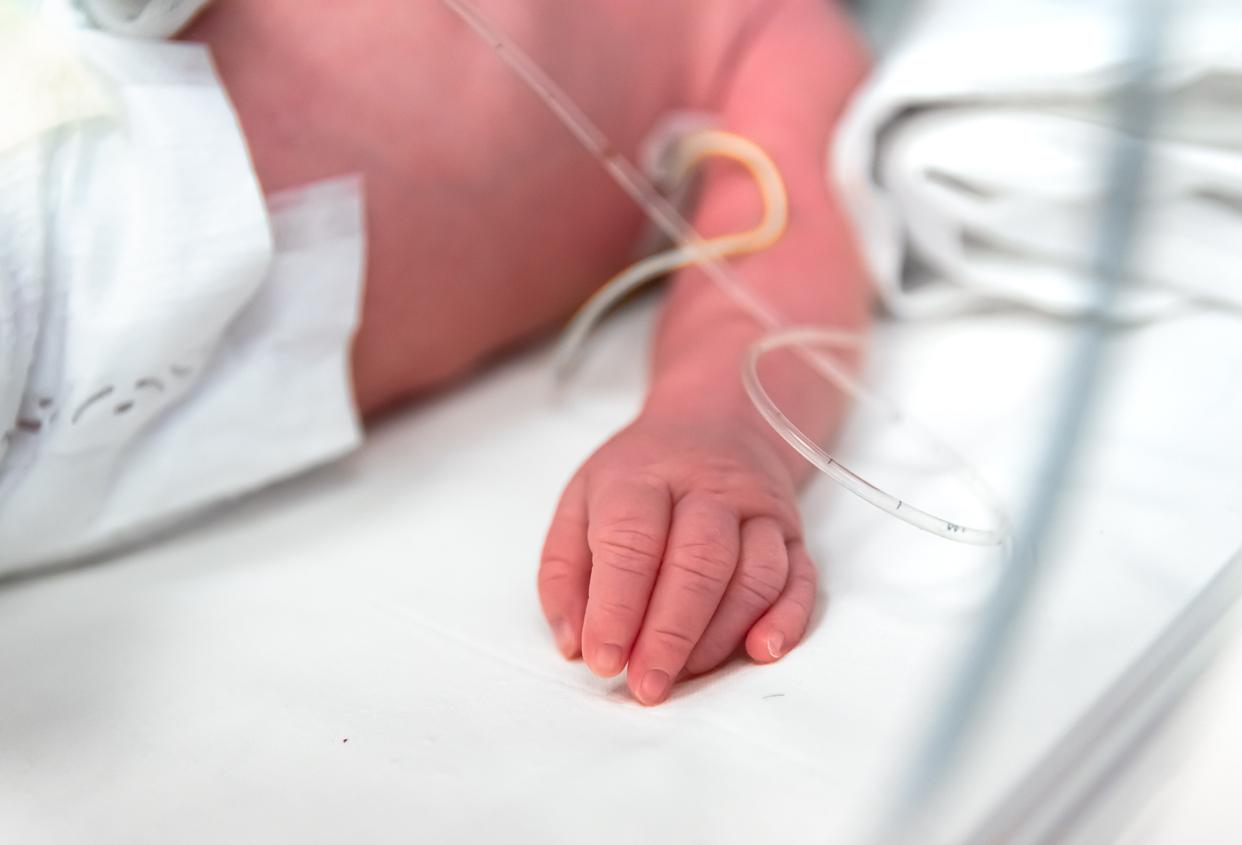
Chaos in the hospital
In recent years, it has become increasingly busy in the Emergency Department (A&E), which means that waiting and processing times are increasing more and more. How did that happen? And what can you do for quick help?
The emergency room of the hospital is increasingly crowded. Those who are helped within two hours can be happy; you often sit longer at the vending machine coffee. Even ambulances don’t always get through the crowds. They sometimes have to drive on to another hospital because there is no place in the ED where they reported first. This problem occurs most often in Flevoland and Noord-Holland, but people sometimes say ‘no’ in other provinces too. Except in Zeeland and Twente; there the next hospital is simply too far away to announce a so-called ‘stop’.
Fewer urgent posts
Do we all walk too easily to the emergency room, and does that make it too busy? “That’s too short-sighted,” says A&E doctor Menno Gaakeer, affiliated with Adrz hospital (part of Erasmus MC) in Goes. He is chairman of the Emergency Medicine Research Fund (SGOfonds) and will receive his PhD in December for his research into the dynamics of emergency rooms in the Netherlands. “The number of people who visit an ED every year has been around two million for a long time. Converted that is 120 patients per 1000 inhabitants, making the Netherlands one of the countries within Europe where people go to the emergency room the least often.” There is another reason for the increased pressure in the emergency room, he says. “The number of emergency rooms has decreased from 93 in 2012 to 80 in 2018. This is mainly due to hospital mergers. So it is very logical that the remaining ERs have become busier.”
Accumulation of complaints
There’s one more thing. Because the number of patients may be fairly constant every year, they do get older on average. And the older you are, the more likely you are to have not one condition, but two or more; and you probably also take more medicine if you are more ailing. This accumulation of complaints and medication generally makes diagnosis and treatment a lot more complicated; and the more complicated something is, the more time it takes. “In 2006, 23 percent of our patients were over 65 years of age. Ten years later, that percentage had grown to 35 percent,” says Gaakeer. Of these elderly people, people aged 65 to 74 form the largest group. Then come the elderly from 75 to 84 years. Logical, says Gaakeer, because in the population as a whole, the first group has more people than the second. In summary: on average, more elderly people come to the ED due to the aging population; the elderly are on average getting older because the life expectancy per generation is increasing; they usually have several conditions at the same time and thus a more complex medical history; more time is needed for this; and this makes it even busier than it already was due to the decrease in the total number of emergency rooms in the Netherlands.
Too few beds
But that’s not the whole story, says Gaakeer. Another problem is that the organization of the hospital and the emergency room do not match well. “We operate 24 hours a day, seven days a week, with a peak between 10 a.m. and 10 p.m. But in the hospital, on weekdays, it is especially busy between eight o’clock in the morning and five o’clock in the afternoon.” Then most people are at work and most patients are being treated. Another problem is that hospitals are funded on plannable care. The acute care is extra; it always comes on top of that. And although acute care can be predicted reasonably well, it is not taken into account. “The lack of beds for acute admissions is the biggest cause of waiting times in the emergency room,” says Gaakeer. Compare it to a parking garage that is full while there is a queue in front of the barrier. Each waiting person cannot park until someone leaves; there are no spare places for sudden crowds. Precisely in this way, people who are admitted acutely have to wait before a bed is available.
“What doesn’t help either”, says Gaakeer, “is the usual way of working. Because even if we have known for a long time that someone needs to be admitted, an A&E patient is only allowed to go to a hospital bed in a ward when he has been fully mapped out and all tests have been completed.”
Smart solutions
In order to accelerate the flow of A&E patients to the hospital, the hospital must therefore change its way of working. Several hospitals already do this. For example, some hospitals have special acute admission departments that act as a kind of buffer between the A&E department and a normal department in the hospital. “Actually, every hospital with an A&E department should have such a department,” says Gaakeer.
There are also hospitals with a transfer department, where people can stay who do not need hospital care but who cannot return home immediately. Still other hospitals involve district nurses in the treatment already in the hospital. This allows patients to go home faster without being left to their own devices.
Wrong bed
“Waiting times at the emergency room are also increasing because elderly people are coming who could have stayed at home if action had been taken there,” says Gaakeer. “We regularly see older people who have nothing acute but who come because a certain event was the straw that broke the camel’s back. For example, it is no longer possible to go to the toilet or to bed independently, to wash and dress oneself, or to take the right medicines at the right time. ‘We can’t go home anymore’, we hear. But in that case, that was not the case in the week or the month before, of course. This means that no timely action was taken to get people into a care circuit where there is appropriate help and support for them, so that a visit to A&E and hospital would not have been necessary.”
According to a survey that the organization of healthcare entrepreneurs, ActiZ, commissioned in 2018, no fewer than 60 percent of the over-65s who end up in a hospital bed via the A&E department, would have no business there. These 322,000 patients can be better helped elsewhere, such as nursing homes and home care. But nursing homes only take in people who are in really bad shape. And the cabinet is committed to living at home for as long as possible, but at the same time has cut back on home care. The emergency room is then quickly the only alternative, because it is accessible 24 hours a day.
Nevertheless, Gaakeer believes that timely consultation between patient, family and GP can prevent problems from getting out of hand. “Talk to each other, see how you can stay ahead of the problems associated with aging and explore what you can organize together in a feasible and sustainable way.”
Finally: what can you do to shorten the waiting time if you really have to go to the emergency room? “Little,” says Gaakeer. “Make sure you bring an up-to-date medication list and a document with your medical history. And also important: be assertive! Ask what you’re waiting for, and why it’s taking so long. That doesn’t make the waiting time any less, but at least you know why you’ve been there all this time.”
This article previously appeared in Plus Magazine December 2019. Not yet a Plus Magazine subscriber? Becoming a subscriber is done in no time!
Sources):
- Plus Magazine















